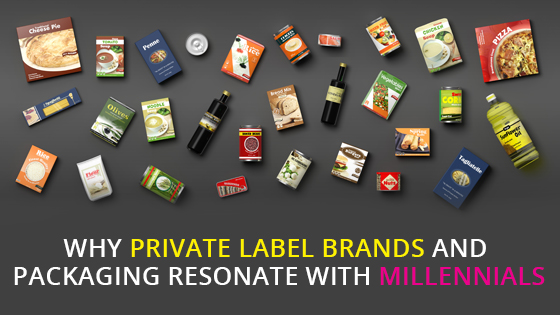Are you responsible for managing changing labels and related components? Are you a stakeholder in the process?
If so, you understand the complexities and challenges presented by labeling changes in life sciences.
Oftentimes, label approval and release deadlines are tight, and the data is extensive. Not to mention, the volume of changes continues to grow for a variety of reasons, including new and changing regulations (MDR, Brexit, etc.), global expansion, new product variants, reformulations, and rebranding.
Regardless of what’s driving the requirement for labeling changes, quality is critical. Without clear and accurate information on your labeling, consumer trust is damaged, product recalls occur, and, most importantly, consumer or patient health and safety is put at risk.
It is estimated that over 50% of product recalls are related to labeling or packaging artwork errors and over 60% of all recalls are caused by human error.
There is much room for improvement in the labeling process. Here are six keys to mitigate the risk of labeling errors.
Digital Process Management
Labeling requires a highly flexible process where users can gather input from multiple stakeholders (internal and external), go through review cycles, and catalogue rejections.
However, if you have ever had to jump back to an earlier step and repeat a task, you know this is not a linear process.
What is your current labeling process? In a perfect world, what would it look like in the future?
Clearly, before you go digital, you need a well-defined process in place. Identify what works well and where there are opportunities for improvement.
Talk to people in the industry who have experience and can provide suggestions for best practices. Talk to all your stakeholders.
This step ensures you’re implementing a good, sustainable process. Defining your future state goes hand in hand with identifying the tools you need to support it.
Automated Quality Checks
Remove the risk of human error by automating your file checks. Check spelling, review braille, verify barcodes, check font sizes, and even compare one file to a previously approved version of that file.
The key is having this integrated with your workflow. A reviewer should be able to do these automated checks as part of their review task, instead of jumping between systems, which opens the door for the wrong files to get checked and verified.
Version Control
Make managing versions of files bullet-proof. Can you easily identify the impact of a change?
For example, when a change is requested, what labels and artwork need to change as a result? Being able to perform an impact assessment is critical to understanding the scope.
If change is required, can you easily determine which of the components is currently in a change cycle? Overlapping changes are not uncommon and accurately assessing the big picture helps you plan and manage change requests.
Automated Changes
The number of companies still effectuating label changes manually is surprisingly large. If you are still updating artwork by cutting and pasting from a Word document into a production file you are not alone.
We like humans, we really do. However, humans make mistakes.
Production artists need to be very careful to cut the right text and paste it into the right file in the right place. Enter technology.
Solutions allow for content, including text, tables, symbols, images, and barcodes, to be automatically updated with minimal manual intervention. Checks and controls are provided, along with a full audit trail, thereby greatly reducing risk and improving quality.
Measurability
Management must be able to track label update progress to make decisions about release dates and inventory levels. They also need to measure how stakeholders and 3rd party participants are performing.
These metrics, performance levels, cycle times, and cycle efficiencies, help companies understand what causes rework so they can continuously learn, adjust, and improve.
Organizational Change Management (OCM)
Converting to automated solutions is only one step of the process. Personnel must be trained in their use.
Organizational change management is a systematic approach to implementing new processes, tools, and structures. Education and comfort with organizational changes maximizes user adoption and success.
Avoid peoples’ natural aversion to change through coaching and capability building to gain buy-in and ensure the changes become the new normal.
Want to learn more? Esko | Brand solutions has been focused on helping companies find ways to simplify labeling changes for 20+ years. Download the e-book for more information!










